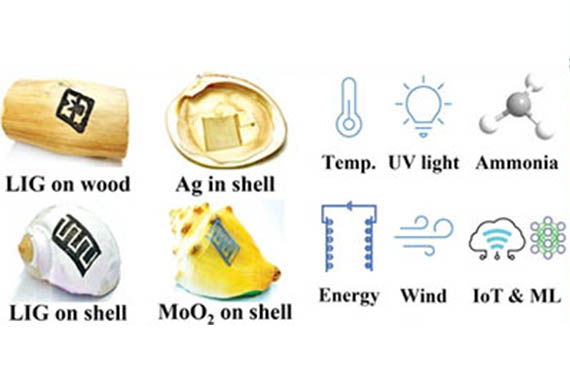
Team develops technique to fabricate electronics onto everyday objects
A Mizzou Engineering team has developed a new technique to fabricate electronics onto everyday objects.
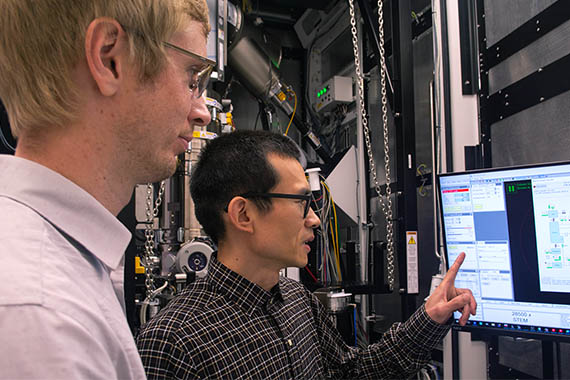
In pursuit of better lithium-ion batteries
By Eric Stann | MU News Bureau From personal electronics to electric vehicles, lithium-ion batteries are used in many technologies today.…
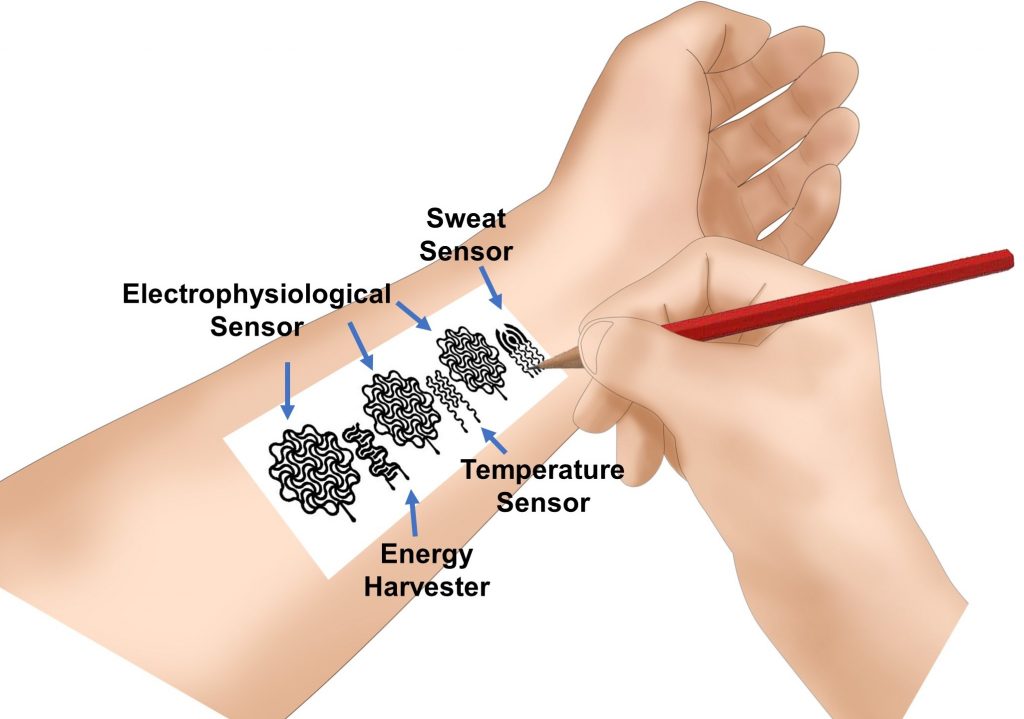
The New Tattoo: Drawing Electronics on Skin
One day, people could monitor their own health conditions by simply picking up a pencil and drawing a bioelectronic device on their skin. In a new study, University of Missouri engineers demonstrated that the simple combination of pencils and paper could be used to create devices that might be used to monitor personal health.
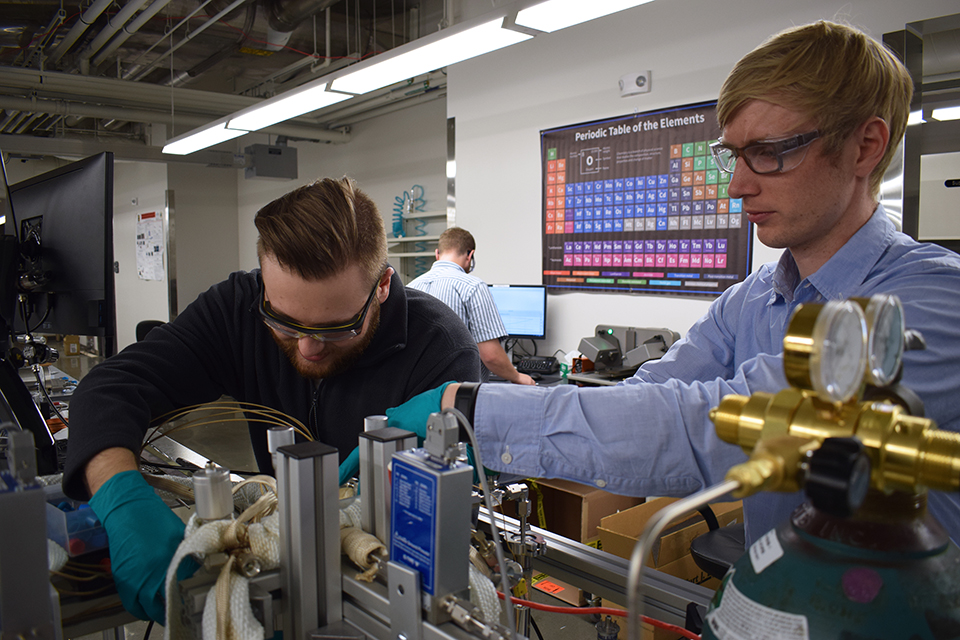
The End of Moore’s Law
For 50 years, the industry has basically observed Moore’s Law, named after Intel co-founder Gordon Moore. He observed in 1965 that the number of transistors per silicon chip doubles every year. But researchers are beginning to say Moore’s Law is no longer a useful paradigm—a new architecture is needed for the computers and supercomputers of tomorrow. Mizzou Engineering Assistant Professor Matthias Young in the Department of Biomedical, Biological and Chemical Engineering is laying the groundwork for that new architecture.

RJI announces criteria for Student Innovation Competition 2020
This year’s RJI Student Innovation Competition challenge is to create a program, tool or prototype for photo, video or audio verification.

Internship Success: McChesney shines with Bantam Technologies
MU Information Technology senior Ryan McChesney maximized his engineering and leadership skills this summer, landing an internship with Bantam Technologies in Kansas City, Mo. Learn a little more about his internship in his own words.
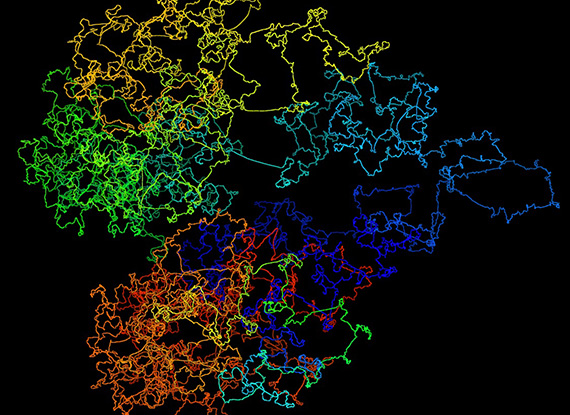
Studying chromosomes: Mizzou Engineering develops 3D modeling tool
Science has already allowed us to map the human genome – one of the biggest scientific achievements of our lifetimes. But to really take that achievement to the next level and use it to improve precision health and medicine, we need accurate 3D models to study chromosomes in great detail. A Mizzou Engineering researcher and his team have designed a tool to do just that.

Internship Success: Parker, Sample grow at Google
MU Electrical Engineering & Computer Science juniors Rebecca Parker and Samantha Sample maximized their engineering and leadership skills this summer, landing engineering practicum internships with Google, working out of the San Francisco offices. Learn a little more about their internship in their own words.
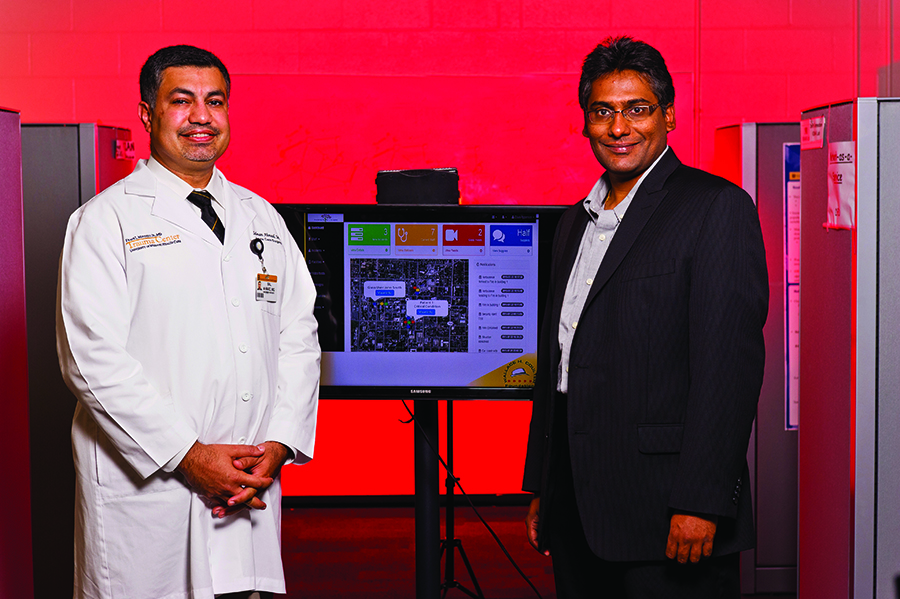
Panacea’s Cloud ready for prime time
Real-time data and information sharing is critical for first responders, especially in situations that don’t allow for ready-made internet access. And after years of research supported by the Coulter Translational Partnership (TP) Program and the National Science Foundation, coupled with a recent market research, an interdisciplinary Mizzou team has the solution.

Mizzou Engineering team building cloud computing ‘blueprints’
Many companies and researchers need cloud computing resources with various levels of computing power and security capabilities. But in several situations, the needs of similar companies or researchers mirror each other. So instead of taking the time and energy to build from scratch, how can cloud providers help their users build from “blueprints?” Mizzou Engineers have taken a new innovative and massive step toward that goal.